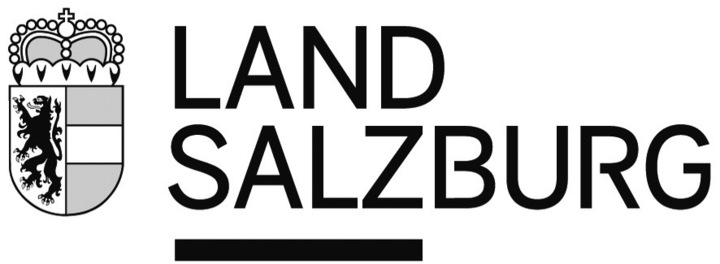


John Menick (US). Haunting. Two-Channel 2K HD Video. 32 Minutes. 2020.
“Haunting” is a two-channel film assembling footage from several decades of supernatural horror films. These are films in which, specifically, domestic and residential spaces—suburban houses, decaying mansions, off-season hotels—are haunted by the spectral or the paranormal. Drawing on horror’s highly organized genre conventions, “Haunting” creates an imaginary architecture in which the repressed always returns and the past is never dead. The film’s protagonists—often played by actors now forgotten—appear not unlike ghosts themselves, their wanderings twinned across the film’s split screen in a strange, apparitional choreography. “Haunting” is a study in the spectral, as it is also for the artist a response to the ghostly world that emerged from the Covid-19 pandemic—a world that became, for many, both uncanny and terrifying.
Courtesy of the artist.
Loretta Fahrenholz (DE). Mashes of the Afternoon. 14 Minutes. 2018.
This film by Loretta Fahrenholz is an amalgamation of different re-enactments of the1943 film “Meshes of the Afternoon” by Maya Deren. each re-enactment is done by amateur film and video-makers, and sometimes anonymously. The films are found on online platforms such as Youtube. Loretta Fahrenholz carefully weaves these clips together to make a full new version of the original 1943 film, which has had a long and lasting impact upon artists, film-makers, and students of art and film as well as hobbyists since its making. The original film was a pioneering, surrealist and experimental work, with dream-like sequences (and will be shown as part of our November Films series). Fahrenholz demonstrates how the film’s openness and uncanny qualities repeat themselves via generations of mimetic reproductions and re-enactments of the film. Sutured together and presented like an online mash video, the original intentions of Maya Deren are show to be played and re-played out repeatedly in different contexts and here come together into an unfinished and unfinishable project. Loretta Fahrenholz will also present her work and in the form of an artist talk, also part of November Films.
Courtesy of the artist & Galerie Buchholz, Berlin/Köln/New York.
Oisín Byrne (IE). BOUNCER. Video. 30 Minutes. 2021.
“Disgust is understood to have its origins as a protection against unhealthy foods—a mammalian, bitter taste rejection response […] William Miller defines disgust as a ‘gatekeeper emotion.’ This job description—as a bouncer to the body boundary—has extended from the purely bodily, into social, moral, and political fields. Disgust pushes away not only what is physically repulsive, but also that which is deemed morally wrong or contemptuous…”
Oisín Byrne’s “BOUNCER” features a lecture on intimacy and disgust, performed by BODY, the main protagonist, from a small stage to an audience of empty taped-up chairs. As he delivers the lecture, BODY—played by Byrne—is undermined by ADDENDUM—also played by Byrne—through heckling and mimicry. As the film develops certain phrases take on melody, and are gathered in an electro-pop song for the finale. BODY’s lecture explores intimacy and disgust in relation to what we allow to come close to and even into our bodies. If intimacy draws one close in an exchange between the other and the self, disgust then pushes away, claiming and defining otherness. In “BOUNCER,” BODY and ADDENDUM battle these ideas out, shuffling between content and form, closeness and remove. BODY responds to footage from John Waters’ “Pink Flamingos” and Jean Genet’s “Un Chant D’Amour”—which are projected on the screen behind him. The film also features a remote appearance by Anna Breckon, one of the writers quoted in the lecture.
“BOUNCER” is commissioned by Isolation TV.
Courtesy of the artist. With special thanks to Vaari Claffey.
These films may also be viewed on site in the exhibition and are three of fourteen presentations between the Great Hall and other corners and areas of the Künstlerhaus to make up the entire project Film as Muse. Follow the floorplans and Wayfinding with the above Film as Muse sign.












